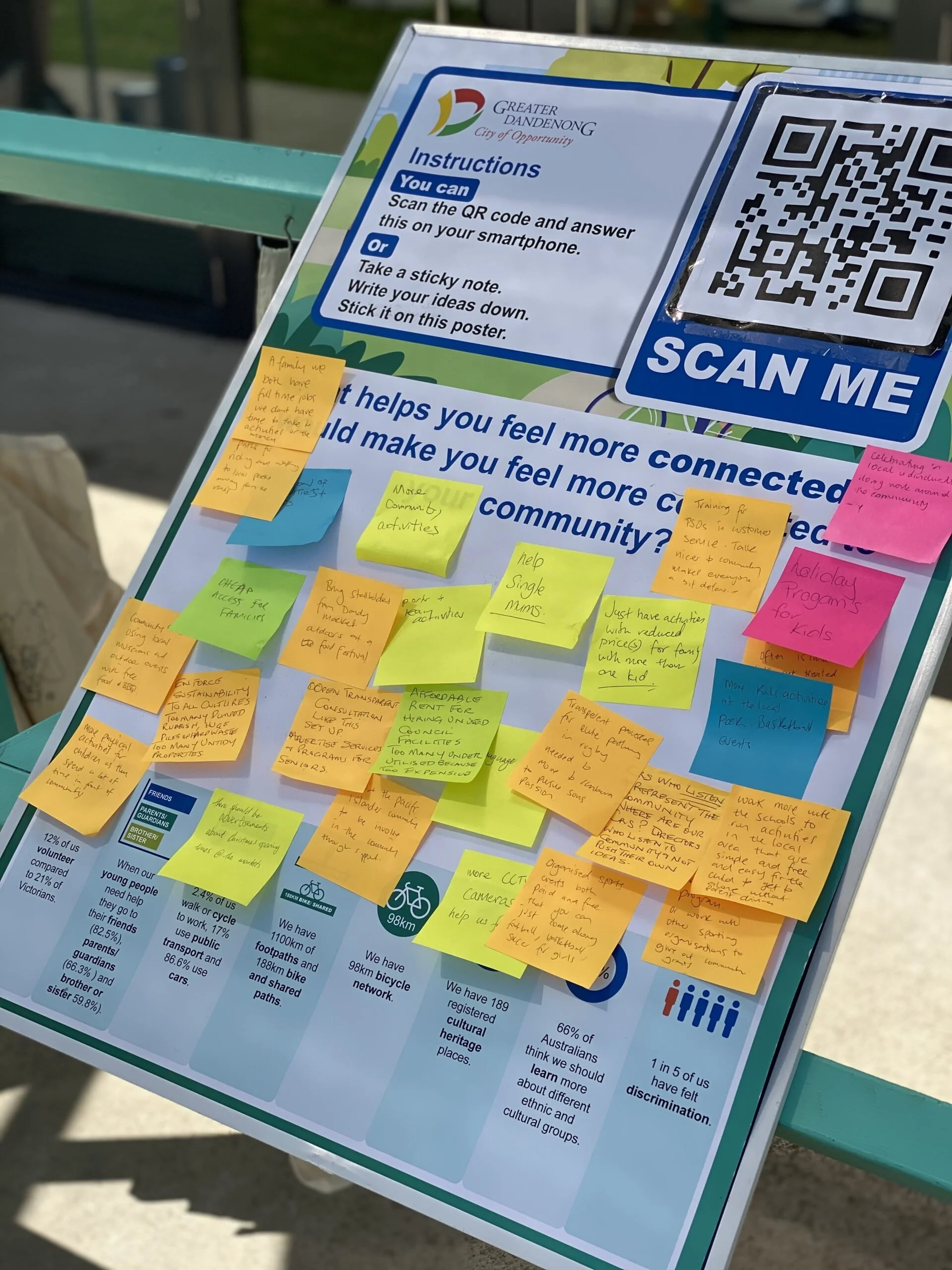Statistically Significant: Does This Matter in Community Engagement?
Community engagement is commonly a process that collects qualitative feedback. It often involves ‘open’ consultation – anyone who is interested or affected can participate. It uses ‘non-random’ selection – stakeholders are deliberately defined and targeted according to their interest in the project. Some stakeholders will have more influence than others.
These things mean that community engagement is very different to quantitative social research. The concepts of “statistically significant” and “representativeness” do not apply. For community engagement activities, other questions are asked to evaluate the success (or otherwise) of the project.
How many people do we need so it is “statistically significant”?
This a question often asked by our clients, but this phrase is often misunderstood or used inappropriately.
Is this feedback “representative”?
Again a common question from our clients but can have different meanings depending on the context.
“Statistical significance” is assessed for a specific finding or result, based on the size of the sample and the size of the wider population. It also applies to research methods that involve random selection of participants from a larger list. Sampling quotas may be set based on location, age or gender of participants. These concepts and processes are not used in community engagement.
The more relevant question for community engagement is:How many people could be interested in this project?
Who are the different stakeholders/target groups?
What is their level of interest? Are they equally likely to participate?
How do we find these people?
A community engagement project commonly involves a small number of clearly defined people or groups (e.g. 25 Presidents of sports clubs) or a very large undefined population (e.g. anyone who has ever visited a particular beach).
Community engagement uses different techniques to obtain feedback – participants could be approached as they pass a particular location or personally approached because of their interest in the project. An entire community may be invited to participate through a general invitation.
When talking about representativeness in community engagement, we look at equality of opportunity to participate or selected demographic variables that are crucial to the decision to be made. We ask – did we get feedback from the people we most wanted to hear from?
Discuss your project idea with us at Conversation Co. We can help you to work through these questions – is this a research project or an engagement project? What questions do we need answered? What resources do we have to use?
We specialise in a qualitative engagement approach but often collaborate with our trusted partners if you need to have “statistically significant” findings.
About Jenny GroganJenny, our Social Research Lead, is an experienced social researcher and research analyst with 30 years of work experience in the health and community services sector. Her approach is focused on understanding the needs of clients, what information they “need to know” and what is “nice to know”. With this understanding, she creates and delivers the research program so that decision makers can extract practical insights to inform the decision, or gain a better understanding of the project or topic.


